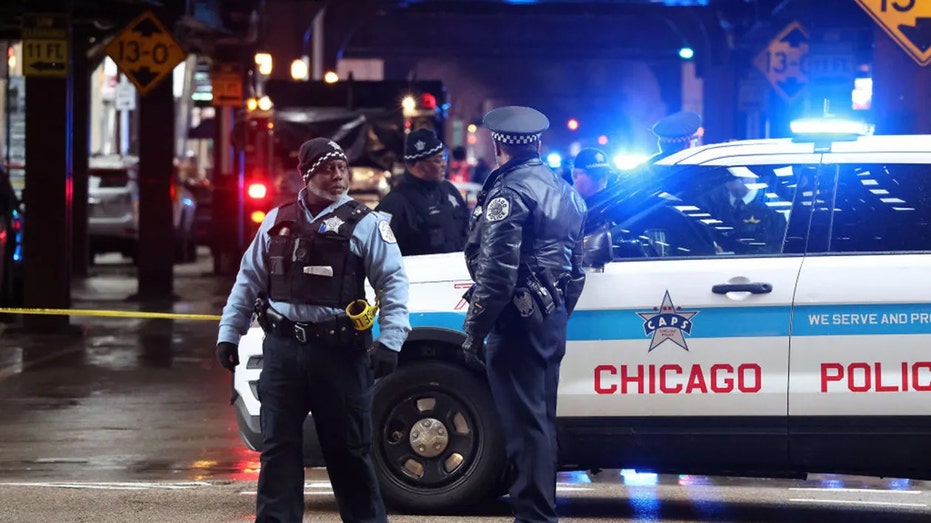A photograph captures the Supreme Court on June 30, 2022, a moment solidified with the addition of Justice Ketanji Brown Jackson. The Justices, arranged by seniority, present a formal portrait against a backdrop of rich red velvet – a visual representation of the immense power and history they embody.
The Court now faces a critical juncture, poised to deliver a decision with far-reaching consequences for immigration policy and the balance of power between the federal government and individual states. At the heart of the matter lies a challenge to the Trump Administration’s approach to illegal immigration, and a dispute over the authority of states to obstruct federal enforcement.
The conflict extends beyond legal arguments, simmering with accusations of defiance and even rebellion. Some observers describe a deepening divide, with “sanctuary” states and cities actively hindering federal law enforcement efforts. Reports have surfaced alleging direct interference, even calls for resistance against federal agents, escalating tensions to a dangerous level.

The core legal question is deceptively simple: can states impede the execution of federal law? Precedent, established in cases like *New York v. United States* and *United States v. Arizona*, suggests a clear answer – states cannot directly obstruct federal functions. Yet, a new wave of officials appear determined to test those boundaries.
Adding fuel to the fire, misinformation is rampant, distorting the narrative and potentially inciting violence. A legal brief warns the Court that ambiguous rulings could exacerbate misunderstandings and further inflame an already volatile situation, urging clarity and a public explanation of its decision.
The debate often centers on the rights of individuals interacting with law enforcement. It’s a common misconception that police require a warrant to intervene if they witness a crime unfolding. In reality, courts have consistently upheld the right of officers to act immediately, especially when there’s a risk of evidence disappearing or a suspect fleeing. Demanding to see a warrant during an active situation is, legally speaking, an obstruction.

Arguments claiming the use of the National Guard to protect federal property is unprecedented are demonstrably false. Historical precedent reveals numerous instances where the Guard was deployed to enforce federal authority, even in the face of state resistance. The most striking example comes from the Civil Rights era.
In 1957, Arkansas Governor Faubus deployed the National Guard to *block* Black students from entering a desegregated school, defying a Supreme Court ruling. President Eisenhower responded by federalizing the Arkansas National Guard and deploying the 101st Airborne Division to *escort* those students, directly confronting state defiance and upholding the law of the land. This wasn’t an isolated incident.
The National Guard has been mobilized repeatedly throughout American history to quell riots, protect federal functions, and enforce court orders – from the Detroit riots of 1967 to the New York postal strike of 1970, and even in response to natural disasters where looting and violence erupted. These historical deployments underscore the federal government’s authority to utilize the Guard when necessary.
A key memorandum from William Rehnquist, then an Assistant Attorney General, clarifies the legal basis for deploying troops to ensure federal employees can access their workplaces, even amidst deliberate obstruction. This opinion, dating back to 1971, directly addresses the Posse Comitatus Act and affirms the President’s inherent authority to protect federal functions.
Crucially, the current dispute isn’t simply about general law enforcement; it’s about protecting federal personnel and assets. The Trump Administration isn’t seeking to empower the National Guard with broad policing powers, but rather to ensure they can fulfill their duties without interference. This distinction is vital.
The American Rights Alliance brief highlights a critical point often overlooked: the difference between states being *unable* to enforce the law and states being *unwilling*. Sanctuary jurisdictions are actively defying federal law, refusing to cooperate with deportation efforts – a deliberate act of resistance that arguably constitutes rebellion. Chicago’s mayor even openly sought intervention from the United Nations, attempting to circumvent U.S. law altogether.
The Supreme Court is now weighing these arguments, having requested additional briefings in an unusual move. This suggests a deep engagement with the case and a potential decision looming within the next two weeks. The Justices, armed with detailed legal arguments and a rich historical context, are poised to deliver a ruling that will reshape the landscape of federal-state relations and the enforcement of immigration law.




